Ganja — a future cash crop?
7 min read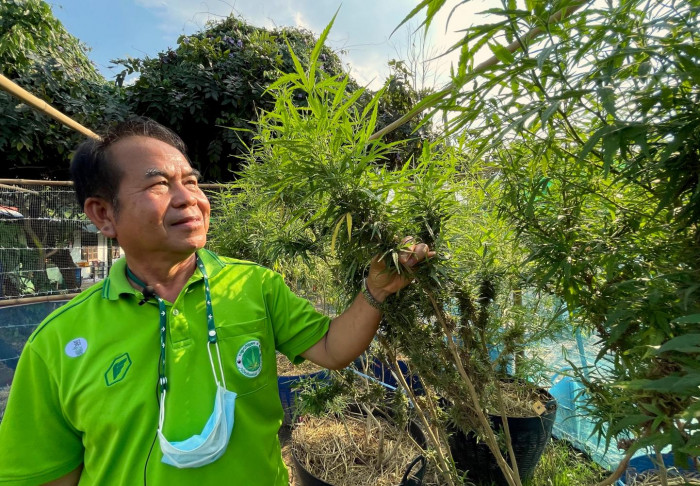
Wilai Kampilool inspects the flowers and leaves of the Thai Stick variety known as Hang Krarok. He has 16 of them in his garden. (Photo by Karnjana Karnjanatawe)
After retiring as a school teacher two years ago, 62-year-old Wilai Kampilool spends his time farming. His home is in Ban Sok Nak, Tambon Hin Lek Fai, Khu Muang District, Buri Ram. The village has recently become a destination for those wishing to learn about or see ganja (marijuana) plants.
“I never thought that one day I would get involved in growing ganja. I was told at a young age that it was a narcotic. However, the more I learned about its health benefits, the more interested I became in it told me why not, “said Wilai.
“I fully support the government in legalizing ganja so we can plant it and use it to cure diseases. Using ganja as a medicinal herb uses our ancient wisdom and something we should preserve,” he said.
Ban Sok Nak is a small village about 30 km from Buri Ram and about 420 km northeast of Bangkok. Most of the villagers here are farmers and earn their living growing sugar cane, growing crickets or raising silkworms for silk-woven clothing.
The growing ganja has given the villagers new hope to diversify their incomes. Since the government legalized the use of cannabis for medical and research purposes in February 2019, ganja has become a highly regarded cash harvest. The Kasikorn Research Center predicts that the market value of medicinal cannabis in Thailand will be between 3.6 and 7.2 billion baht this year.
To further promote the cultivation of cannabis in households, the Deputy Prime Minister and Minister of Health Anutin Charnvirakul launched the non-Malai model on February 11 in Ban Sok Nak. He donated cannabis seeds to the Non-Malai Thai Herb Community Enterprise. This was the first step in allowing households to legally grow six ganja plants in their yards.
The movement is also pushing to transform the image of Buri Ram into the “City of Ganja” and also the place where the ganja exhibition is expected to be held annually. In the meantime, ganja clinics are gradually opening. More than 15 community companies grow cannabis plants to supply local hospitals with dried flowers for making cannabis oil.
Flowers and seeds used to make cannabis oil. Karnjana Karnjanatawe
In addition, the market demand for ganja in the food and cosmetics industries is booming. After the government removed ganja leaves, stems, stumps and roots from the narcotics list on December 15 last year, some local restaurants and resorts now offer food and drink made with a mixture of ganja leaves (the flowers and seeds are still in style). 5 list of narcotics). Health product prototypes are still under development and will soon be offered by spa and wellness centers in Buri Ram with ganja extract.
SIX PLANTS PER HOUSEHOLD
Currently, individuals are not allowed to grow cannabis and hemp unless they register as a joint venture. Each group must have at least seven members and be in contact with a local hospital, including small Tambon Health Promotion Hospitals (THPH).
In Ban Sok Nak, the Non Malai Thai Herb Community Enterprise has teamed up with Non Malai THPH.
Wilai is among the first seven people legally allowed to grow six marijuana plants in his garden. Every morning he waters the plants and checks the stems, leaves and soil. He carefully folds up some leaves and when he finds yellow spots caused by spider mites, he carefully removes the tiny beetles by hand. Sometimes he uses natural pesticides like neem oil to spray on diseased leaves.
“Chemicals are not allowed because our group grows the plant for medicinal purposes. We know our plants need to be protected from dangerous chemicals,” he said.
Traditional cannabis formulas and cannabis oil from the Khu Muang Hospital. Karnjana Karnjanatawe
The plants must grow in a safe environment and within 10 meters of a house. The construction of the nursery in which the plant grows is simple: it consists of bamboo poles with green scaffolding and a barbed wire fence. The front door must have a lock and two signs, one of which must indicate that a Type 5 narcotic drug is being manufactured on the premises, while the other must include the owner’s name and address. Buri Ram’s Agriculture Bureau also uses GPS coordinates to record how many ganja plots are in their system.
Volunteers known as aor sor mor visit the nurseries daily and check the health of the plant. If they find dry or fallen leaves, collect them and measure the weight. They report the data to the hospital on a daily basis, which then forwards it to the Food and Drug Administration Department. The local police also visit every week to check the safety of the construction site. Wilai has a CCTV camera to record every movement in the nursery.
From the roadside of the village, the ganja garden plot looks like a typical kindergarten and is easy to enter. Fortunately there has been no attempt so far.
“The project is a joint venture between people in our community. Everyone knows who grows ganja in our village,” said Riam Seetha, 43, chief of public health volunteers.
“There’s no need to break the rule,” she said.
The above ganja cookies are available for purchase at the Ganja and Hemp Expo in Buri Ram. Karnjana Karnjanatawe
Riam also grows six ganja plants in her garden. She believes it is another way of doing merit.
“Although I had to invest about 5,000 baht for kindergarten and buy water for the plants, I’m glad to do it because my ganja is used to cure people’s disease,” she said.
Over the next few months the plants will ripen and the ganja flowers will be harvested and sold to the Tambon Health Promotion Hospital in Non Malai. After harvest, the grower can use or sell leaves, stems, stumps and roots. Riam plans to use leaves to add flavor to food and snacks sold under the joint venture’s name. The food mixed with ganja leaves includes fried crickets (Jingreed Lanla), cool dip (Nam Phrik Susa), and sugar cane juice.
“I’m looking forward to the harvest. I don’t know how much I can make, but I’m confident it will be fruitful,” she said.
MEDICAL GRADE FARM
About 18 km north of Ban Sok Nak, ganja plants are grown on an indoor farm in a garden zone of the Play La Ploen Boutique Resort and Adventure Camp on road 2074 in the Khu Muang district.
The facility used to be a tulip kindergarten, now it is an air-conditioned room with a humidity control system. The property’s owner, Pornthip Asadathorn, has offered the kindergarten to play La Ploen Herbal Community Enterprise (PHC) for growing medical-grade cannabis.
“I’m offering the opportunity to PHC for free because I want to help people near our property generate additional income,” she said.
Before growing ganja plants, 30 PHC members grew herbs and vegetables on an organic farm at the resort for six years. The vegetables were delivered to the resort’s kitchen, while the herbs were taken to the Khu Muang Hospital. When the hospital opened a medical cannabis clinic almost two years ago, they looked for local cannabis suppliers and the hospital decided to work with PHC.
Right. The Charlotte Angel variety is grown by Play La Ploen Herbal Community Enterprise. Karnjana Karnjanatawe
PHC has partnered with the Government Pharmaceutical Organization (GPO) to launch the project to grow medical cannabis. In the first year, the community grew four varieties of ganja plants, including Hang Krarok and Tanow Sri, which are Thai varieties, and two imported varieties – Sensi and Charlotte Angle – whose seeds they obtained from the GPO. The group later decided to only grow the Charlotte Angel variety from the Netherlands. “The Charlotte Angel strain is high in CBD. It is the compound that Khu Muang Hospital needs to cure patients with epilepsy, Parkinson’s and Alzheimer’s,” she said.
Based on the hospital’s requirements, the joint venture will grow around 90 ganja plants per harvest. Last year, the group shipped their first 6kg ganja flower cultivation to the hospital for free, said Sasikarn Lorjilopart, chairwoman of PHC.
After the first harvest, the leftovers had to be destroyed, but the group converted them for use as fertilizer.
The community enterprise started earning its second harvest after Khu Muang Hospital bought the dry flowers for 40,000 baht per kilogram. After the second harvest, Khu Muang allowed the farming group to use leaves, roots and stems. Today the group works with universities to manufacture healthcare products under the PHC brand. They have sample prototypes of toner, sunscreen, soap, toothpaste, and herbal beverages. The products will soon be available for sale in the Arokaya Wellness Sala in the Play La Ploen Boutique Resort and Adventure Camp.
Recently, PHC also worked with the National Agency for Science and Technology Development (NSTDA) characterization and testing center to test the quality and safety of cannabis plants. “We will soon expand the facility to a 360-square-meter room. This farm can grow up to 800 plants,” said Sasikarn.
The new facility will also have an observation window to make work easier for visitors. You can see the group grow the plants. Not far from the cannabis growing room, Play La Ploen has a cannabis learning center that teaches general visitors about cannabis and hemp.
“Play La Ploen Herbal Community Enterprise is like a one-stop shop for those looking to grow cannabis,” said Panida Krongsanan, a farmer at the farm. “We have had a lot of trial and error until we found the best solution for growing ganja for medicinal use. We are ready to make the knowledge available to those who are interested as we believe that knowledge is meant to be shared “, added her.

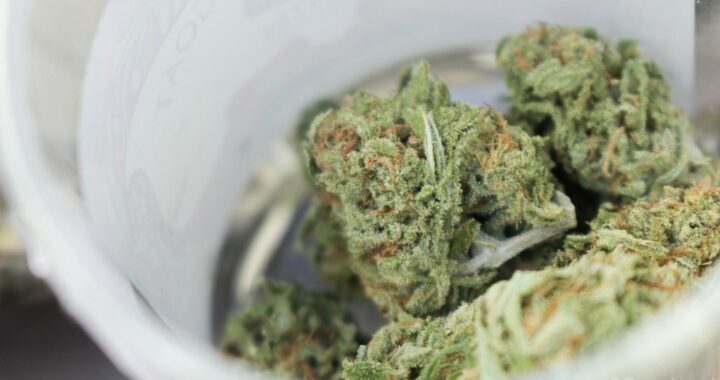
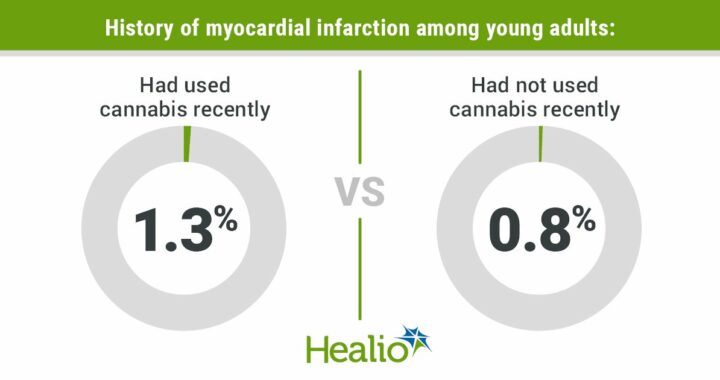
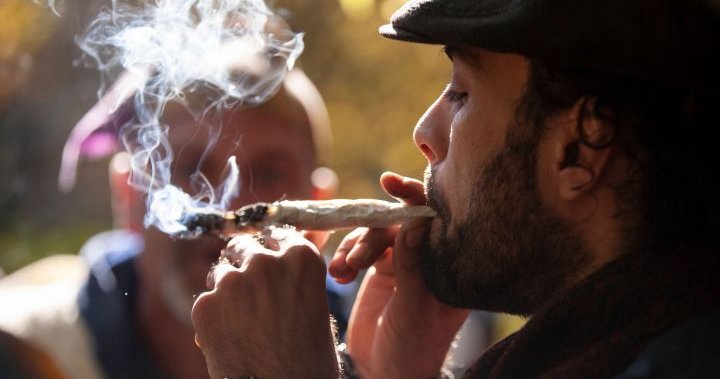

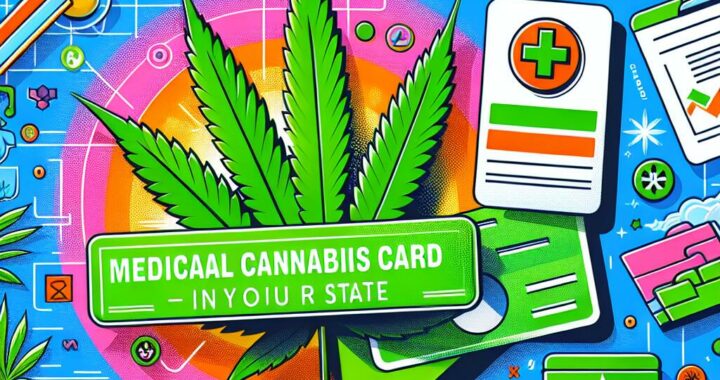
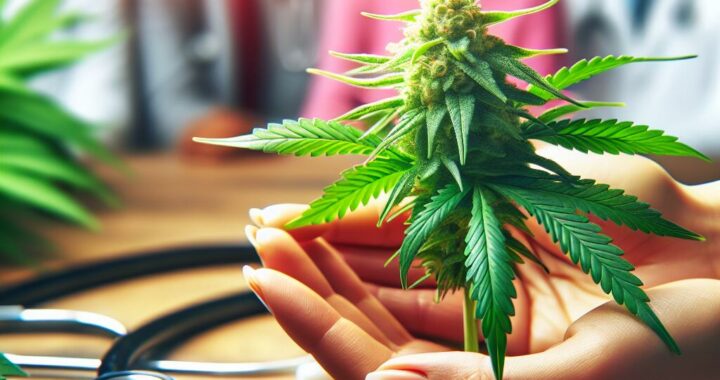

 Protected by Patchstack
Protected by Patchstack